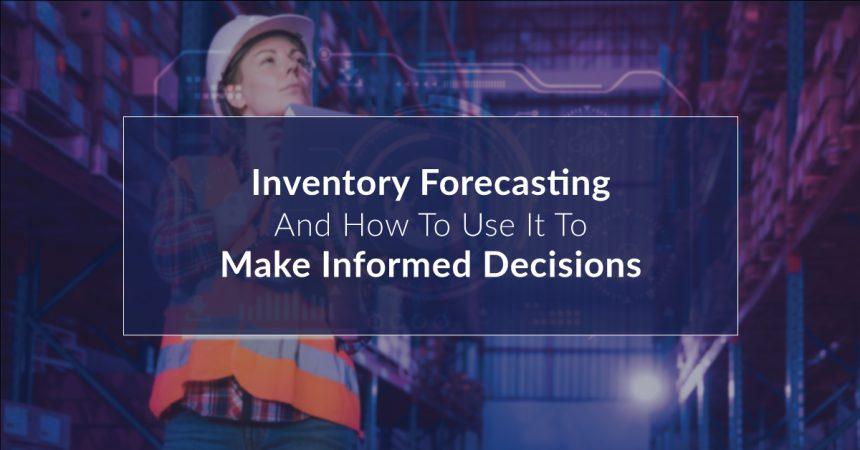As a food business owner or manager, one of the most critical aspects of your job is inventory management. Having enough inventory to satisfy customer demand while minimizing wastage is key to your profitability. However, it can be challenging to strike this balance, especially when you are dealing with perishable items. One way to help manage your inventory better is by utilizing inventory forecasting. In this article, we will explore inventory forecasting and how to use it to make informed decisions.
What is inventory forecasting, and why is it important?
Inventory forecasting is a data-driven process that helps you predict future inventory needs based on historical sales data, current inventory levels, and other factors such as seasonality and market trends. By forecasting inventory needs, you can reduce the risk of stockouts, overstocking, and waste, resulting in better cash flow and profitability.
Inventory forecasting can help you:
- Make informed purchasing decisions: By forecasting inventory needs, you can make purchasing decisions based on data rather than guesswork or intuition. This will help you avoid overstocking and understocking, which can lead to waste and lost sales.
- Optimize inventory levels: By forecasting inventory needs, you can adjust your inventory levels to match expected demand. This will help you avoid stockouts and overstocking, which can tie up your cash flow and lead to waste.
- Improve cash flow: By optimizing inventory levels, you can reduce the amount of money tied up in inventory. This can free up cash flow for other business needs, such as marketing or expansion.
- Reduce waste: By forecasting inventory needs, you can reduce the risk of spoilage or expiration of perishable items. This can help you reduce waste and improve profitability.
How to forecast inventory needs
Forecasting inventory needs involves analyzing historical sales data, current inventory levels, and other factors such as seasonality and market trends. Here’s how to get started:
- Collect and analyze data: Collect sales data from your point-of-sale (POS) system or inventory management software. Look for patterns and trends, such as seasonality or changes in demand. Analyze this data to identify the factors that affect your inventory levels.
- Set parameters: Determine the level of accuracy you need for your forecasts and set parameters for your forecasting model. This will help you ensure that your forecasts are as accurate as possible.
- Choose a forecasting method: There are several forecasting methods you can use, such as moving averages or exponential smoothing. Choose a method that best fits your business and your data.
- Make your forecast: Using your chosen method, make a forecast for future inventory needs. This forecast should take into account expected demand, lead time for ordering inventory, and any other factors that may affect your inventory levels.
- Monitor and adjust: Keep track of your inventory levels and adjust your forecasts as needed. This will help you ensure that your inventory levels remain optimal and that you are making informed purchasing decisions.
Points to keep in mind
- Forecasting is not an exact science. There will always be a degree of uncertainty in your forecasts, so it’s essential to monitor your inventory levels and adjust your forecasts as needed.
- Inventory forecasting works best when used in conjunction with other inventory management strategies, such as safety stock levels and order point triggers.
- Make sure to update your data regularly. Historical data can quickly become outdated, especially in a dynamic market like the food industry.
In conclusion, inventory forecasting can be a powerful tool for food business owners and managers. By using historical data and other factors to predict future inventory needs, you can make informed purchasing decisions, optimize your inventory levels, improve cash flow, and reduce waste. While inventory forecasting is not an exact science, it can be a valuable asset in managing your inventory and improving your business’s profitability.



Leave a Reply